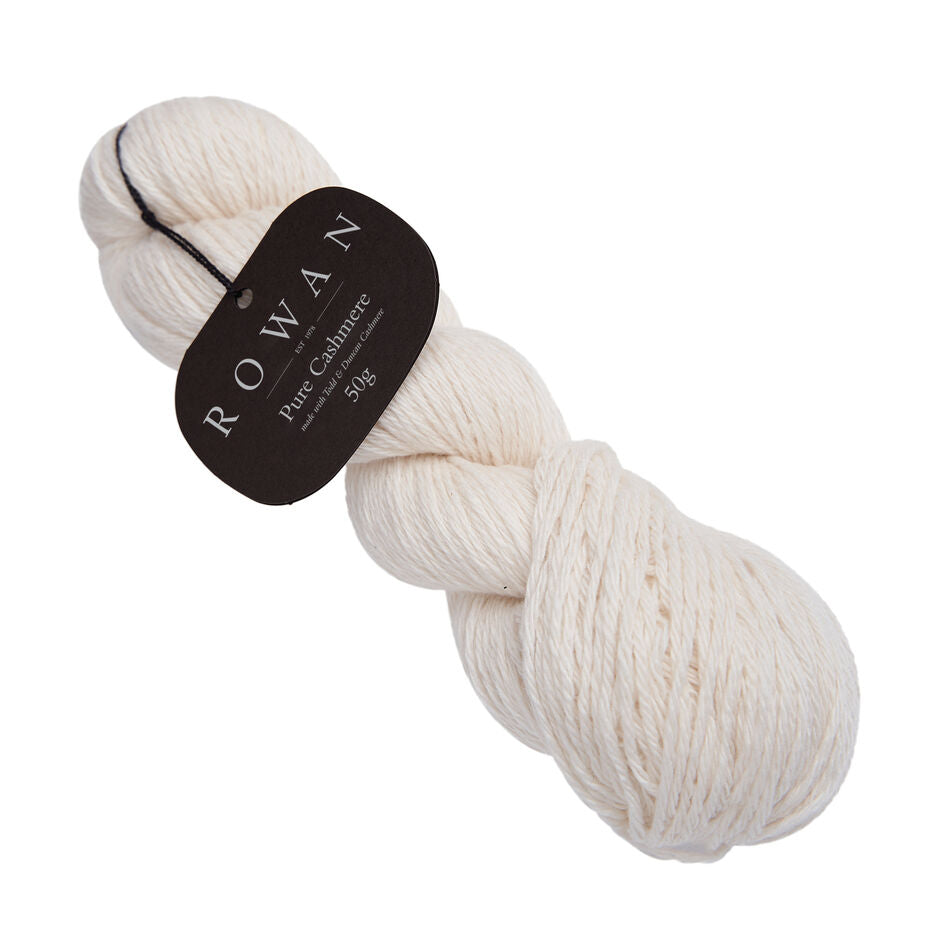What Is Cashmere and How Does It Stack Up to Other Fabrics?
What Is Cashmere and How Does It Stack Up to Other Fabrics?
Blog Article
Checking Out the Various Sorts Of Cashmere a Natural Fiber for Ultimate Deluxe
Cashmere, a natural fiber, is commonly related to deluxe and comfort. Not all cashmere is developed equivalent. From the richly soft Mongolian range to the light-weight heat of Indian Pashmina, each type provides its own special attributes and appeal. The much more inexpensive Chinese cashmere, the traditional Scottish version, and the premium Italian blend, all tell a different tale of this amazing fiber. As we decipher the world of cashmere, a much deeper understanding of its real worth and sophistication starts to arise.
Understanding the Glamorous Nature of Cashmere
Cashmere, usually connected with deluxe and convenience, holds an one-of-a-kind attraction in the globe of all-natural fibers. This soft, light-weight material is wanted for its extraordinary warmth and amazing longevity. Unlike various other all-natural fibers, cashmere combines insulation with breathability, supplying unmatched comfort throughout differing temperature levels. Its shiny surface and soft structure add to its high-end allure, warranting the costs cost that commonly features cashmere garments. In addition, cashmere's intrinsic wrinkle resistance and elasticity improve its worth, making it a favored option for premium apparel and devices. Despite its delicate appearance, cashmere has a shocking durability, able to retain its form and extravagant feeling with time. This special blend of features seals cashmere's placement as an icon of beauty and indulgence.
Just What Is Cashmere and Where Does It Originate from?

Cashmere is acquired from the soft undercoat of cashmere goats, primarily found in Mongolia, China, Iran, and Afghanistan. This careful procedure adds to the shortage and high expense of cashmere. With its beginning in the extreme landscapes of Asia, cashmere is a testimony to nature's capacity to generate high-end from difficulty.
Decoding the Various Sorts Of Cashmere
Recognizing the various kinds of cashmere is crucial to appreciating the quality and one-of-a-kind features of this lavish fabric. Usually, cashmere is classified into 3 types: raw, virgin, and reused. Translating these kinds is the very first action in comprehending the exclusivity and value of cashmere.

The Unique Qualities of Each Sort Of Cashmere
Having explored the different groups of cashmere, it becomes apparent that each type boasts its unique collection of characteristics. Mongolian cashmere, for example, is renowned for its exceptional top quality, because of Mongolia's extreme winter seasons that create longer and finer fibers. Conversely, Chinese cashmere is commonly a lot more budget-friendly, though its shorter fibers can minimize durability. Scottish cashmere is commemorated for its elegant soft qualities, an outcome of the standard water washing process making use of Scotland's soft water. Italian cashmere, at the same time, is renowned for its skillful blending and tinting techniques, rendering it functional and dynamic. Indian cashmere, also recognized as Pashmina, is cherished for its amazing agility and heat. Each type, hence, contributes to the fabric's online reputation for high-end.
Why Cashmere Is the Epitome of Deluxe in Fashion
Cashmere holds a well-regarded position on the planet of fashion, considered an icon of luxury and class. Its allure is not just in its soft qualities and warmth, but also in its rarity and the careful procedure from this source involved in its purchase. Cashmere is originated from the fine undercoat of Himalayan goats, understood for their remarkable quality fiber. The scarcity of this fiber, integrated with the labor-intensive procedure of collection, adds to its high price and special status. Cashmere's unrivaled comfort and durability make it a desired product in the creation of premium garments. Its natural light-weight and protecting homes include in its value, making it the embodiment of luxury in vogue.
The Refine of Making Cashmere: From Goat to Garment
The trip of cashmere, from being an undercoat of a Himalayan goat to a luxurious garment, is an intricate one. With the advent of springtime, farmers in Mongolia and China gather the wool by combing the goats, making certain no harm is done. The gotten wool contains crude external hair and soft downy undercoat. This blend is after that meticulously separated, with just the soft down utilized for cashmere. This raw cashmere is washed, colored and spun right into yarn. The yarn is after that woven or knitted right into textiles. The last step involves pushing and cleaning to provide the fabric its particular soft qualities and heat. From goat to garment, each step is a testimony to the persistence, ability and creativity included in crafting cashmere.

Verdict
To conclude, cashmere, with its all-natural sophistication and unequaled comfort, reigns supreme worldwide of deluxe fashion. The diversity in kinds, varying from the soft Mongolian, lightweight Indian Pashmina, economical Chinese, conventional Scottish, to the vivid Italian, discloses the flexibility of this natural fiber. The meticulous process of transforming it from a goat to a garment go to my blog better contributes to its exclusivity, making cashmere the epitome of refinement and high-end.
Cashmere, a natural fiber, is usually associated with deluxe and convenience (is cashmere a natural fiber).Cashmere, frequently linked with high-end and convenience, holds a special allure in the globe of natural fibers. Unlike various other natural anchor fibers, cashmere combines insulation with breathability, supplying exceptional convenience across differing temperatures. Cashmere is acquired from the soft undercoat of cashmere goats, mostly found in Mongolia, China, Iran, and Afghanistan. Cashmere is obtained from the great undercoat of Himalayan goats, understood for their premium high quality fiber
Report this page